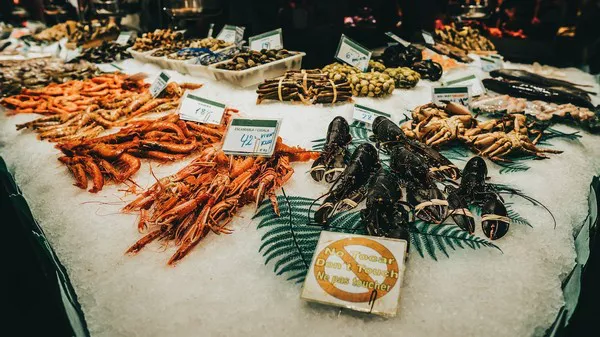A recently published report from the Intergovernmental Platform on Biodiversity and Ecosystem Services has shed light on the substantial and often underestimated threat posed by invasive species. These non-native species, introduced through global trade, travel, or climate change, present a “severe global threat” to local biodiversity, food security, and public health, the report has cautioned.
In the report, the economic toll of invasive alien species is staggering, with a global cost exceeding $423 billion annually in 2019. This threat also played a pivotal role in the majority of plant and animal extinctions, making it a matter of utmost concern.
More than 37,000 alien species have been introduced worldwide due to human activities, such as transport via ships’ ballast water. Among these, a significant 3,500 have been identified as harmful and invasive, wreaking havoc on local ecosystems, both flora and fauna.
Examples cited in the report include European shore crabs, which have caused damage to commercial shellfish beds in New England and Canada. Caribbean false mussels have displaced clams and oysters in the Indian Ocean, resulting in disruptions to food supply chains. Additionally, as a result of global warming, mosquito species have expanded their range northward, carrying diseases like malaria, Zika, and West Nile fever to regions previously unaffected, underscoring the associated public health risks.
As global warming continues to create new habitable zones for invasive species, and international trade and travel rebound to pre-pandemic levels, the report emphasizes the critical need for countries to strengthen border biosecurity measures, rigorously enforce import controls, and deploy early detection systems.
Policymakers are urged to intensify their efforts in support of the “vital” Kunming-Montreal Global Biodiversity Framework. This framework aims to reduce the invasion of aggressive alien species by at least 50% by 2030.
“Invasive alien species have been a major factor in 60% of global animal and plant extinctions that we have recorded, and the only driver in 16%,” noted Professor Anibal Pauchard, co-chair of the Assessment. The report revealed that approximately 6% of plants, 22% of invertebrates, 14% of vertebrates, and 11% of microbes among alien species were known to be invasive. Indigenous communities and those reliant on nature for their livelihoods were found to be at the highest risk.
The report underscored that the most severe impacts were observed on islands, where the number of alien plants surpassed native ones on over 25% of all islands. Land areas, especially in forested and cultivated regions, were more susceptible to invasive species compared to freshwater and marine habitats.
Professor Pauchard warned against viewing biological invasions as someone else’s problem, emphasizing that these risks and challenges have global origins but manifest with localized impacts, affecting communities worldwide, regardless of their background or location.

